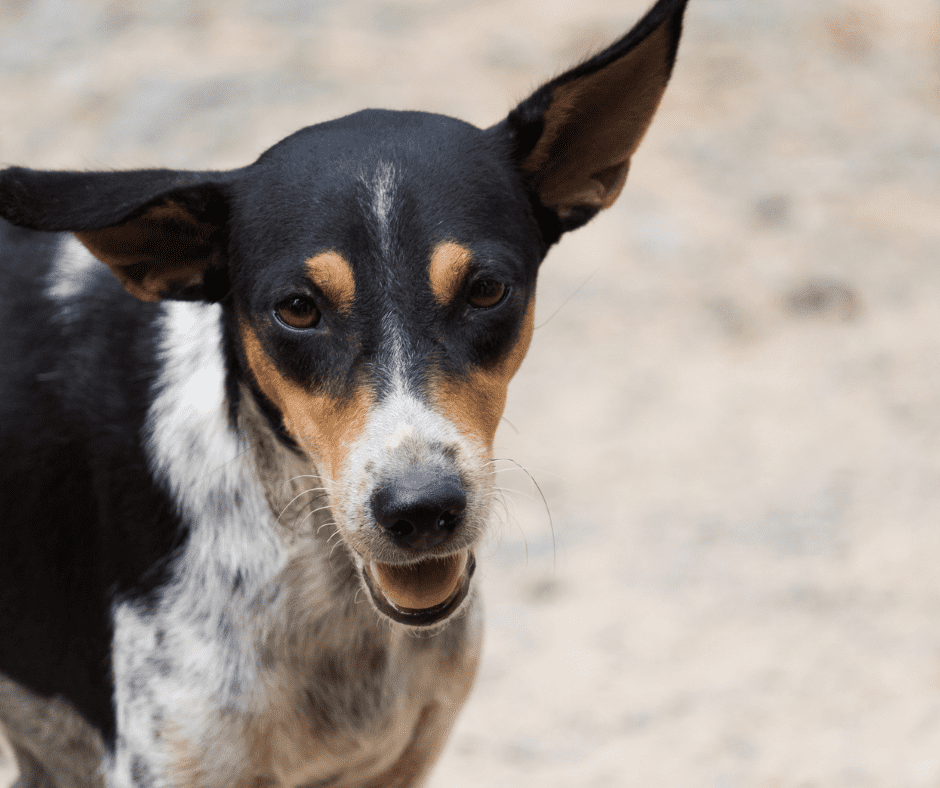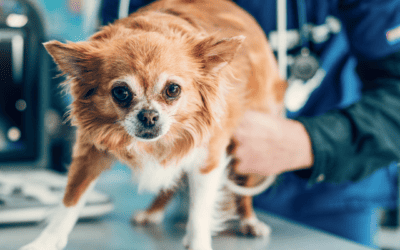As an Edinburgh-based canine behaviourist, I’ve had the privilege of working with countless dogs, but those who have travelled from the streets of Romania hold a special place in my heart. Their resilience is remarkable, but their past as a “street dog” means their behaviour is often a result of ingrained survival instincts, not a lack of intelligence or a refusal to learn. My goal is to shed light on the science-backed approach to helping these incredible dogs transition from a life of perpetual uncertainty to one of safety and trust.

The Psychology of a Romanian Street Dog
To understand the training needs of a Romanian rescue dog, we must first understand their history. Many of these dogs have never experienced a human home, a soft bed, or even a consistent meal. Their lives were dictated by the need to find food, avoid danger, and navigate a complex social structure with other dogs. This often results in a different behavioural profile compared to dogs bred in the UK.
As noted by the RSPCA, dogs from these backgrounds may exhibit a range of behaviours including fearfulness, hyper-vigilance, and resource guarding. They are not ‘naughty’; they are simply responding to the world based on what they have learned is necessary for survival. A sudden loud noise might not just be startling—it could be a deeply ingrained trigger for a fearful response.
The Power of Positive Reinforcement and Trust Building
For a dog that has had negative or limited interactions with humans, aversive-based training methods are not only ineffective but can be actively harmful. Using tools like choke chains, prong collars, or physical punishment will only confirm their existing fears and can lead to a breakdown of trust, increased anxiety, and even aggression (Vieira de Castro et al., 2020).
The cornerstone of all successful training with a Romanian rescue dog is the development of a secure and trusting relationship. This approach is not about bribing a dog; it’s about making desired behaviours rewarding for them.
- Positive Reinforcement in Practice: When your dog shows a calm behaviour—maybe they choose to lie down on their bed, or they look at you without reacting to a passing person—mark that behaviour with a cue word like “good!” and immediately follow with a high-value reward, such as a treat or a favourite toy. This creates a positive association with the behaviour, making them more likely to repeat it in the future.
- The Safe Space: A key element of building trust is providing a predictable, safe environment. A crate or a quiet room should be their sanctuary, a place where they can retreat and be left undisturbed. This gives them a sense of control over their environment, a luxury they likely never had before.
Common Training Challenges of Romanian Rescue Dogs
Romanian rescue dogs can present specific challenges that require a tailored approach. Typical approaches I use include
- Recall and Loose-Lead Walking: Many of these dogs have had to roam freely to survive, so a high prey drive and a tendency to pull on the lead can be common. Do not expect them to be off-lead immediately. Using a long line in a secure area to teach recall and allow for a sense of freedom while maintaining safety. For lead-walking, reward them for every moment the lead is slack, even if it’s just a few steps.
- Fearful Responses and Desensitisation: Fear of new people, objects, or noises is perhaps the most common challenge. The process of desensitisation and counter-conditioning is critical. This involves gradually exposing the dog to the feared trigger while creating a positive association. Over time, you can move it slightly closer, rewarding your dog at each step, until they associate the presence of the trigger with something positive.
- Overcoming Resource Guarding: For a dog that has had to compete for food on the streets, guarding their resources is a natural survival instinct. Never try to snatch a bowl or a toy away from them. Instead, a well-established method is the ‘exchange game’. Start by dropping a high-value treat near your dog’s bowl or favourite toy and walk away. They will begin to associate a human approaching their resource with getting something even better, which can alleviate their need to guard it.

A Professional Behaviourist’s Perspective
Finally, remember that you are a vital part of your dog’s recovery and training. Their journey is as much about them learning to be a companion dog as it is about you learning to be a compassionate and patient guardian. If you are struggling, please reach out to me for help.
The transformation of a Romanian street dog is a testament to the power of human kindness and a deep understanding of canine behaviour. It is a rewarding path, and with a little patience and a lot of love, you can help them leave their past behind and embrace a future full of joy and security. For further help or guidence please do email contact@edinburghholisticdogs.co.uk
Take Care
Suzanne
Canine Behaviourist
Dynamic Dog Practitioner.
Learn about my 121 Behaviour and Wellbeing Programme HERE





